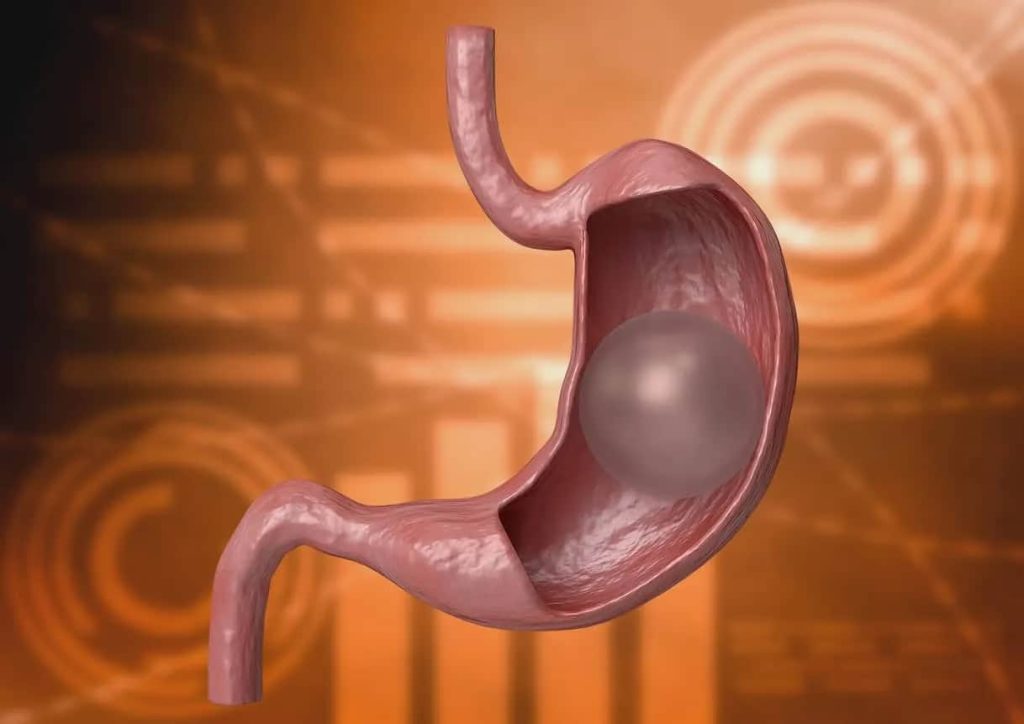Introduction
Are you seeking a safe and effective method for weight loss? The Gastric Balloon Procedure might be the answer you’ve been looking for. In this comprehensive guide, we’ll take you through the ins and outs of this life-changing procedure, shedding light on its benefits, risks, and everything in between. Join us as we explore the world of the Gastric Balloon Procedure, an innovative solution for achieving your weight loss goals.
What is the Gastric Balloon Procedure?
The Gastric Balloon Procedure, a non-surgical weight loss option, involves inserting a deflated balloon into your stomach and then inflating it. This process helps control your appetite and restricts the amount of food you can consume, leading to weight loss. Here’s what you need to know:
How the Gastric Balloon Works
The balloon takes up space in your stomach, making you feel full quicker and for longer. It’s a temporary solution, typically removed after six months, but it provides the necessary boost for weight loss.
Benefits of the Gastric Balloon Procedure
– Safe and Non-surgical: Unlike other weight loss surgeries, this procedure is non-invasive and doesn’t require incisions.
– Quick Recovery: You can usually return to your daily routine within a few days.
– Effective Weight Loss: Patients often experience significant weight loss during the six months the balloon is in place.
Ideal Candidates
The Gastric Balloon Procedure is suitable for individuals with a BMI of 30-40 who are committed to making lifestyle changes to support their weight loss journey.
Gastric Balloon Procedure: Before, During, and After
This section details the journey of a patient from the initial consultation to life post-procedure.
Consultation and Evaluation
Before the procedure, a comprehensive medical evaluation is conducted to ensure that the Gastric Balloon is the right choice for you. Expect discussions on your medical history and an explanation of the procedure.
The Procedure Itself
The actual placement of the Gastric Balloon is a quick and straightforward process. It’s usually done under mild sedation, and you can go home the same day.
Life with the Balloon
Patients should anticipate an adjustment period as their body adapts to the balloon. This may include temporary side effects such as nausea or discomfort.
Removal and Maintenance
The balloon is removed after six months. By this time, patients have learned portion control and healthy eating habits, which they can continue to maintain for long-term weight loss.
FAQs
Q: What is the recovery time after the Gastric Balloon Procedure?
A: Most patients can return to their regular activities within a few days.
Q: Is the procedure reversible?
A: Yes, the balloon is removed after six months, and it’s a reversible process.
Q: Are there any risks associated with the Gastric Balloon?
A: While rare, some potential risks include infection, balloon deflation, or intolerance to the balloon.
Q: Can I eat normally with the balloon in place?
A: While you can eat regular foods, it’s essential to focus on portion control and making healthier food choices.
Q: Is this procedure covered by insurance?
A: The Gastric Balloon Procedure may not be covered by insurance, so it’s crucial to check with your provider.
Q: How much weight can I expect to lose with the Gastric Balloon?
A: Results vary, but patients often achieve significant weight loss during the six months the balloon is in place.
Conclusion
The Gastric Balloon Procedure offers a safe and effective path to weight loss for individuals seeking an alternative to traditional surgical options. If you’re committed to making lasting lifestyle changes and achieving your weight loss goals, this non-invasive procedure might be the right choice for you. Take the first step towards a healthier, happier you by considering the Gastric Balloon Procedure.

